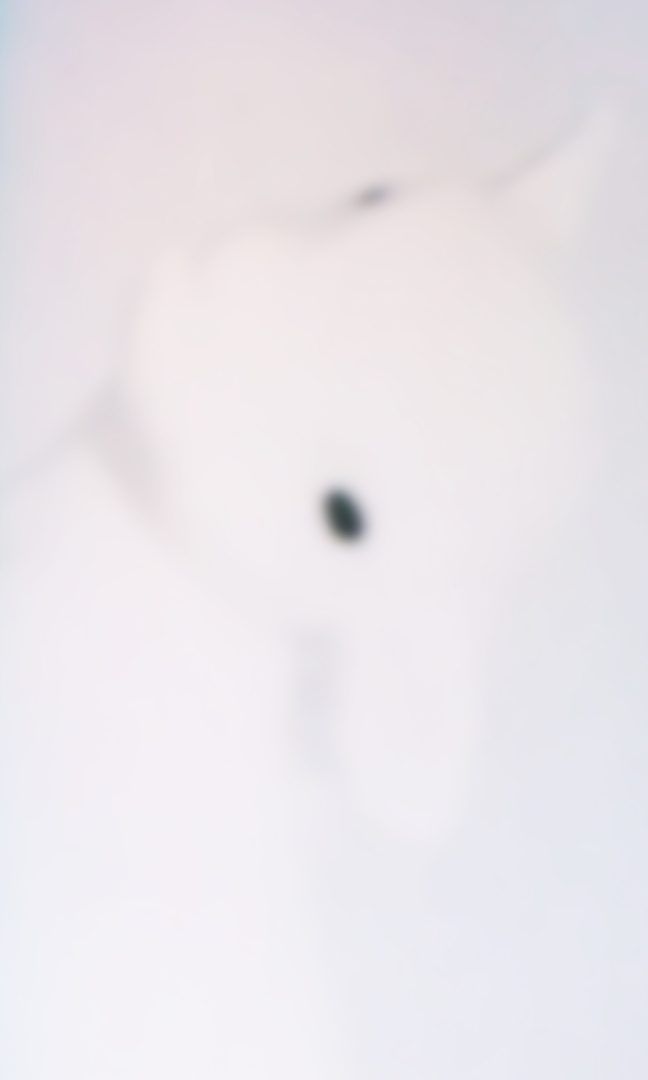Lūžti is the second solo exhibition of Deividas Vytautas Aukščiūnas, presenting what remains after the performance. Hidden from view, the act itself unfolds in private. A moment of breaking that lingers. The audience enters only after; an encounter of touching the edges of something both sensual and shattered. Of what might have been.
According to D. V. Aukščiūnas, this exhibition continues his exploration into the medium of performance and its relationship with sculpture, installation, and film. “At the center of the exhibition is an empty stage, abandoned by the performers, its state reflecting the events that transpired. The space is filled with the echoes of a rupture, which I interpret as a dialectic of sensitivity and tension. It encompasses both physical and emotional states,” said the artist.
As the curator of the exhibition, art historian Povilas Gumbis, says, the action referred to in the title of the exhibition – which often happens suddenly and arbitrarily – extends to a sort of eternity. “We can break as a result of personal experiences, but we can also encounter this process in the more general context of collective being. It is important to be able to embrace this moment of fragmentation, to experience the subtle beauty of disintegration and the transformation that follows it. It feels strange, yet you find yourself cherishing each remnant as you become anew,” said Gumbis about the concept of the forthcoming exhibition.
Deividas Vytautas Aukščiūnas (b. 1996, Chicago, USA) currently lives and works between Berlin and Vilnius. He has participated in the 2024 Artists’ Film International program, was nominated for the 2023 CIRCA Prize, and won the JCDecaux Prize in 2021. This year, Meno Niša Gallery successfully presented his work at international art fairs in Copenhagen and Antwerp.
D. V. Aukščiūnas’ artistic practice, which encompasses the media of installation, sculpture, film, and performance, is based on the methodological opposition of the latter two. The former is dominated by a directorial point of view, a tendency to have full control of the material throughout the process. In the case of performance, the original creative vision has to come to terms with the dynamism of the space, embrace the inherent vulnerability that comes with it. This tension results in queer temporality, an alternative rhythm of being, characterized by cycles, interruptions, and pauses; or returns to the same creative motifs, endless recontextualizations of the details that constitute them.
In the case of D. V. Aukščiūnas, the main recurring elements revolve around physical intimacy, the search for transgressive sensations that liberate the body’s potential for self-expression, allowing it to become whatever and whenever she (he) wants to be. The interplay between directorial control and the openness of the act becomes the creative material that shapes shifting identities, relationships, and perceptions of time.
D. V. Aukščiūnas’ exhibition Lūžti will be on view at the gallery Meno Niša from November 22 to January 11, with the exhibition opening on Friday, November 22, from 6PM. The exhibition is financed by the Lithuanian Council for Culture. The sponsor of the Vilnius City Gallery Meno Niša is Vilnius City Municipality.




